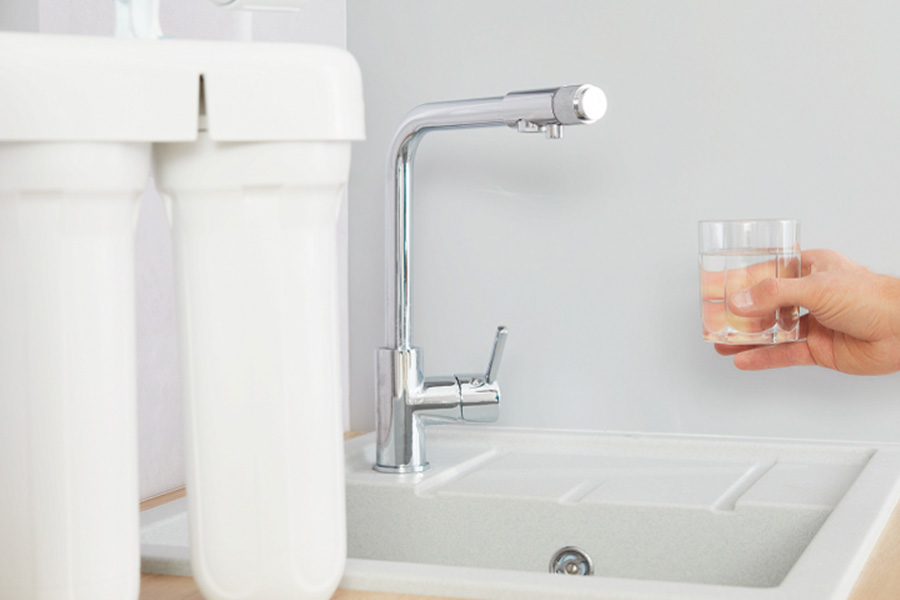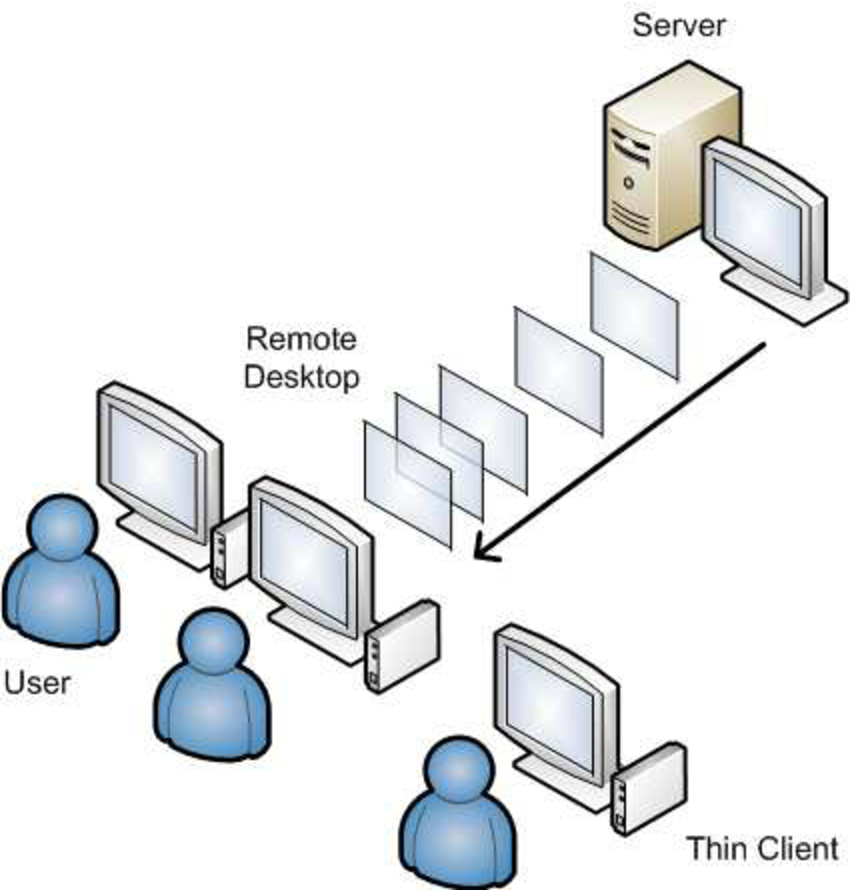Tap water in many cities is treated and regulated, but that does not always guarantee safety at the point of use. While municipal treatment addresses contaminants during distribution, ageing pipes, household plumbing, and local environmental factors can introduce impurities before water reaches the tap. These may include chlorine residues, heavy metals, and microbial traces that standard treatment may not eliminate. Understanding what’s in the water at home begins with awareness, backed by reliable monitoring and treatment systems.
The First Line of Defence: Household Filtration
An undersink water filter in Singapore acts as a critical point-of-use solution, capturing impurities right before consumption. These systems are installed beneath the kitchen sink and directly filter the water used for drinking and cooking. By minimising contaminants, it improves the color and taste of water. In doing so, these filters offer an extra layer of protection beyond what municipal supplies can provide. For families concerned about everyday water quality, this added control can be essential.
Pinpointing Water Issues with Testing Tools
Household water can look clean and still contain substances that affect health and hygiene. Water testing equipment allows homeowners to detect issues that are invisible to the eye. These tools assess key indicators like pH level, hardness, and presence of bacteria or heavy metals. Regular testing makes it possible to spot irregularities, assess filter performance, and ensure that the water remains safe over time. In some cases, testing may also reveal that additional filtration is needed for specific contaminants.
Supporting Preventative Water Safety
By integrating filtration and monitoring at home, users can adopt a proactive approach to water safety. Undersink water filters offer a reliable way to control quality continuously, while testing equipment helps identify emerging risks. This dual strategy prevents health issues before they arise, especially for vulnerable groups such as children, the elderly, or those with weakened immune systems. Clean water contributes not just to hydration but also to better food hygiene and skin health.
Reducing Reliance on Bottled Water
Concerns about tap water often lead households to rely on bottled alternatives. However, this can be costly and environmentally harmful over time. Installing an undersink water filter allows families to trust their tap water without sacrificing quality. When paired with periodic use of water testing equipment, users gain confidence that their water meets safety standards, eliminating the need for external alternatives. This shift supports sustainability while reducing household expenses.
Enabling Data-Driven Filter Maintenance
Many homeowners overlook the importance of maintaining filtration systems. Without regular monitoring, a filter may continue to operate even after its effectiveness has declined. Water testing equipment helps close this gap by providing tangible indicators of when a filter should be replaced. This data-driven maintenance approach ensures that the filtration system always performs optimally, avoiding unnoticed declines in water quality. It also extends the value of the investment by ensuring timely servicing.
Adapting to Local Environmental Changes
Water sources and quality may shift due to seasonal changes, construction, or nearby industrial activity. Testing tools provide timely insights into whether any changes in water composition require attention. Whether the issue is increased turbidity during rainy seasons or elevated mineral content due to new plumbing, early detection allows homeowners to adapt quickly by upgrading filters or adjusting use.
Providing Assurance During Emergencies
In events like pipe leaks, construction works, or water disruptions, water quality may fluctuate. During such periods, having a functioning undersink water filter offers some continuity in protection. Water testing equipment provides an additional layer of assurance by confirming whether the water remains safe to use during and after such incidents. This preparedness can reduce stress and ensure that daily routines—like cooking, washing, and drinking—remain uninterrupted and safe.
Learn More: The Ice Cold Truth: The Importance of Water Filtration in the Food and Beverage Industry
Promoting Household Water Literacy
Engaging with household water safety tools builds awareness and encourages better practices. Homeowners become more knowledgeable about contaminants, filtration needs, and water sources. This awareness can influence daily habits, such as reducing the use of harsh cleaning agents that may backflow into domestic pipes or ensuring that children are aware of safe water use. Long term, such literacy strengthens household resilience and promotes informed decision-making.
Elevating Confidence in Everyday Consumption
Ultimately, the purpose of household water management is to ensure peace of mind. With an undersink water filter in place and water testing equipment readily available, users can trust the quality of flow. This confidence translates into healthier choices and more sustainable routines, anchored in clarity about the condition and safety of the home’s water supply.
For more information about water filtration solutions, contact Ansac Technology today.





